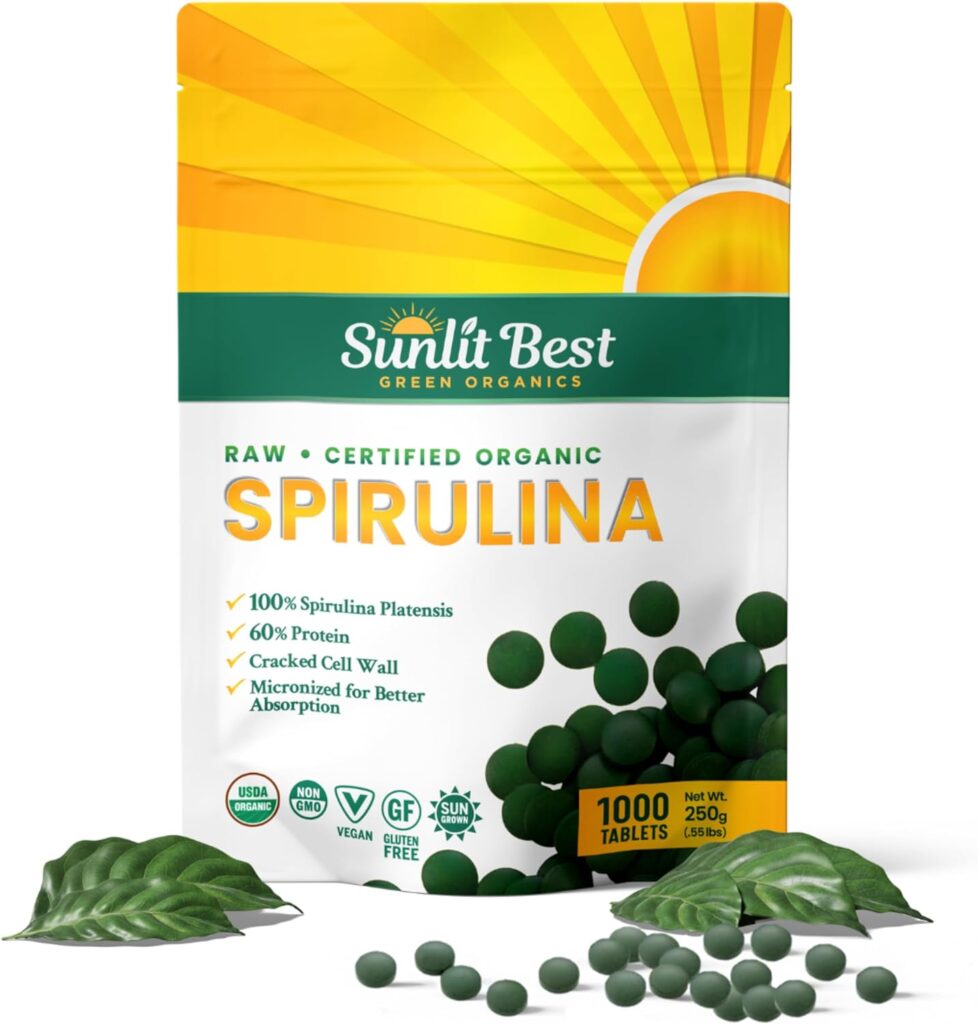Hyperglycemia, or high blood sugar, occurs when there is an excess of glucose in the bloodstream.
This condition is commonly associated with diabetes but can also arise from stress, hormonal changes, or certain medications.
Chronic hyperglycemia can lead to serious health complications, making it essential to manage blood sugar levels effectively.
In this post, we are going to explore 5 ways to support hyperglycemia, starting with what hyperglycemia is.
Let’s dive in!
What is Hyperglycemia?
Hyperglycemia happens when the body either does not produce enough insulin or cannot use the insulin effectively.
Insulin is a hormone that helps regulate blood sugar levels by facilitating the uptake of glucose into cells for energy.
Symptoms of hyperglycemia can include increased thirst, frequent urination, fatigue, and blurred vision.
Long-term hyperglycemia can lead to severe complications, such as nerve damage, kidney problems, and cardiovascular issues.
5 Ways to Support Hyperglycemia
1. Taking a Spirulina Supplement
Spirulina, a blue-green algae, is renowned for its rich nutrient profile, including vitamins, minerals, and antioxidants.
It has been shown to help regulate blood sugar levels and improve insulin sensitivity, making it a beneficial supplement for those managing hyperglycemia.
Incorporate spirulina into your diet in powder or tablet form.
You can add it to smoothies, juices, or yogurt for an easy and nutritious boost.
My personal favorite Spirulina is Sunlit Best’s Spirulina Tablets.
Sunlit’s USDA Organic Spirulina Tablets are an excellent choice for supporting hyperglycemia due to their rich nutrient profile that aids in blood sugar regulation and overall health.
Packed with antioxidants and chlorophyll, these tablets help reduce inflammation and support a strong immune system, which is crucial for managing blood sugar levels.
Additionally, the high protein content and essential nutrients in spirulina boost energy without the crashes associated with sugary foods, making it a perfect supplement for those looking to maintain stable blood sugar.
Simply take a few tablets per day and you’re good to go!
2. Maintain a Balanced Diet
Eating a balanced diet is crucial for managing hyperglycemia.
Focus on whole foods, including vegetables, fruits, lean proteins, and healthy fats, while minimizing processed foods and sugars.
Opt for complex carbohydrates with a low glycemic index, such as whole grains, legumes, and non-starchy vegetables.
These foods can help stabilize blood sugar levels and provide sustained energy.
3. Stay Hydrated
Proper hydration is essential for overall health and can help support blood sugar regulation.
Dehydration can lead to elevated blood sugar levels, so drinking enough fluids is crucial.
Aim to drink plenty of water throughout the day.
Herbal teas and infused water with fruits or herbs can also be excellent options for staying hydrated and adding flavor.
4. Engage in Regular Physical Activity
Physical activity can significantly impact blood sugar levels by improving insulin sensitivity and facilitating glucose uptake by the muscles.
Regular exercise is a key component of managing hyperglycemia.
Incorporate a mix of aerobic exercises (like walking, jogging, or cycling) and strength training into your routine.
Aim for at least 150 minutes of moderate-intensity exercise each week, as recommended by health professionals.
5. Monitor Blood Sugar Levels
Regular monitoring of blood sugar levels is crucial for understanding how your body responds to different foods, medications, and activities.
Keeping track of your levels can help you make informed decisions about your health.
Use a blood glucose meter to check your levels as advised by your healthcare provider.
Keeping a log can help identify patterns and assist in managing hyperglycemia effectively.
Support Your Hyperglycemia
Managing hyperglycemia involves a combination of dietary choices, hydration, physical activity, and regular monitoring.
By taking spirulina, maintaining a balanced diet, staying hydrated, engaging in regular exercise, and keeping track of blood sugar levels, you can effectively support your health and well-being.
Understanding hyperglycemia and implementing these strategies will help you take control of your blood sugar levels and reduce the risk of complications.
Thank you for reading!
Affiliate Disclosure
Some of the links on this site are affiliate links. This means that if you click on the link and purchase the item, we may receive an affiliate commission at no extra cost to you. I only recommend products or services that I believe will add value to my readers, however some (not all) do pay us to be on this blog. Your support and theirs helps keep this blog running, and I genuinely appreciate it.
Medical Disclaimer
The information provided on this website is for educational purposes only and is not intended as medical advice. This blog or the writer is not a licensed healthcare professional, and the content should not be used as a substitute for professional medical diagnosis, treatment, or advice. Always consult with your physician or other qualified healthcare provider before starting any new treatment or making any changes to your healthcare routine.
